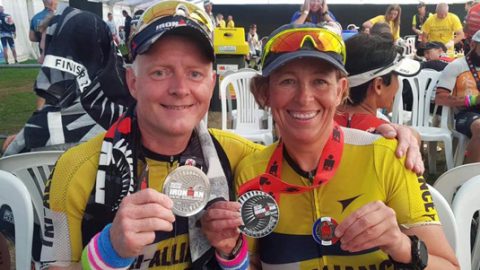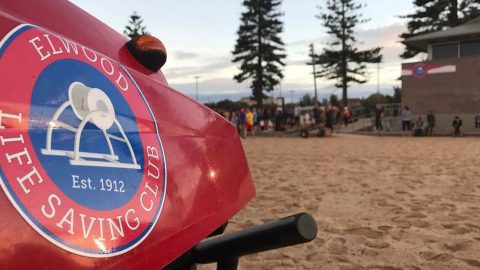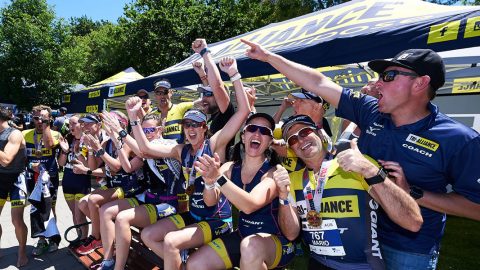What do the numbers actually mean?
Coach Frankie gives us the low-down on your heart rate numbers and what they mean in our new Sports Science Snippet.
It’s VERY easy to get caught up in buying the latest gadget or jumping on the latest program the triathlon world markets. After all, it’s a multidisciplinary sport so there is ample opportunity to own three times what you need to. And while we’re all for new and exciting ways to monitor our training, tailor our programs and subsequently achieve better results (hopefully!), it’s important that we understand all the numbers and results that are thrown at us. We’ve made a mini table informing a few key measurements involving the heart.
If you feel we’ve missed some or you want to know more about other measurements (e.g. cadence, power [watts]), please email us and we’ll try to shed some more light on the topic:
Definition: The speed at which the heart rate beats per minute.
Information: You can measure this yourself. Place two fingers (not your thumb!) on your carotid artery (side of your neck). Once you find the pulse, count the beats over 10 seconds and multiply by 6.
Definition: The highest number of beats your heart can pump at per minute when under maximum stress.
Information: Age-predicted maximum= 206.9 – (0.67 x age).
* During upper body exercise (i.e swimming) our max HR averages ~13 BPM lower in comparison to running. This is important when determining heart rate zones for different activities.
Definition: The time gap in between your heart beat as you breathe in and out.
Information: Used to monitor stress and recovery in training. Available on most Garmin watches. Heart rate variability is a GOOD thing. A low HR variability is evident in many conditions including diabetes, heart disease and is observed in athletes/recreational athletes following over-training. A higher HR variability is associated with increased VO2 peak (an improved ability to consume oxygen which makes the energy we use!).
Definition: The highest exercise intensity achieved with less than 1.0 mM increase in blood lactate concentration above the pre-exercise level.
Information: Often associated with ~75% maximum HR or ~85% maximum oxygen uptake. An increase in lactate concentration is associated with an increase in power and as such, an increased reliance on energy systems which don’t use oxygen. In short, higher intensities.
Definition: Training at or very near your lactate threshold.
Definition: Training below your lactate threshold for part of the session (~75% of the session) and well above your lactate threshold (~15-20% of the session).
Information: Emerging evidence strongly supports this style of training with many elite endurance athletes now training in this manner.
Definition: Training zones.
Information: You need to know your maximum HR to figure these out. The higher you go up in the HR zones the shorter amount of time you will spend at each. We use 5 zones.
Here’s a simple guide:
| T1 (recovery, easy day) | 60-64% max HR |
| T2 (aerobic endurance e.g. long run) | 65-74% max HR |
| T3 (high level aerobic e.g. tempo work, majority of your longer rides) | 75-84% max HR |
| T4 (race pace) | 85-94% max HR |
| T5 (max effort – sprint) | 95-100% max HR |
* If you’re not fully recovered your HR will not increase to where it needs to be to supply the necessary blood flow during exercise
For more Sport Science Snippets check out the below:
The relationship between resistance training and injury prevention.








